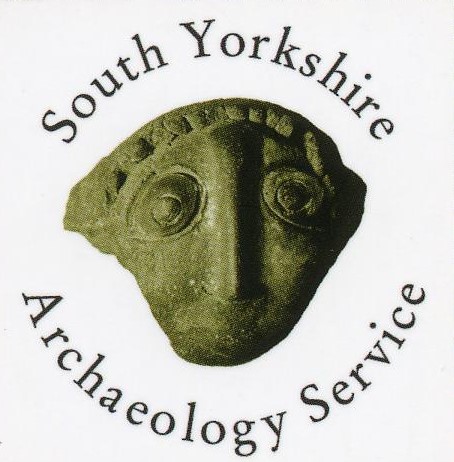Organising the List

If you’re a registered user of the website and have had a look at the list a few times now, you might have used the filtering options on the List page to find the assets that are most interesting to you. These are really handy for narrowing down the list to the sort of assets or geographical location you would like to know about most. However, there is one filter box that has caused some confusion and which you might not have made sense of yet, the ‘Filter by status’ box.
This filter allows you to look at the assets on the list based on what stage of the listing process they are at, from nomination, through assessment to being formally listed. Over the past couple of months we’ve had some questions on what the status levels mean from some confused users. This will probably not come as a surprise if you’ve ever looked at the bafflingly long list yourself! To remedy this, our blog this month is all about making sense of the status of assets and where they are along their listing journey.
The first thing to say about the ‘Filter by status’ box is that it only appears for registered users, if you’re just browsing the site without logging in, you won’t be able to search the list this way, so it’s worth logging in or registering to get the most out of the site.
What stages does an asset pass through on its way to being locally listed?
Before looking at what status an asset is, it’s worth recapping the stages that an asset goes through after it’s been identified by the nominator. The process of locally listing an asset has to include some important stages so that everyone can clearly see what and why assets have been added to the list. Here is the route an asset takes on its way to being locally listed:
1. Nomination – the asset is identified by a member of the public as being a place of historic importance and nominated using the form on the website.
2. Public consultation – after nomination, the asset will be added to the next round of public consultation. This means it will be open for comments and additional information to be submitted.
3. Assessment – at the end of the consultation period the Assessment Panel will consider all the candidates and whether they meet the selection criteria. All the candidates that meet the criteria will be recommended to the relevant local council for local listing.
4. Council Decision – The local council will look over the recommended candidates and will take the final decision on which ones will be locally listed.
5. Listed – all the candidates that were approved by the council then become locally listed heritage assets.
